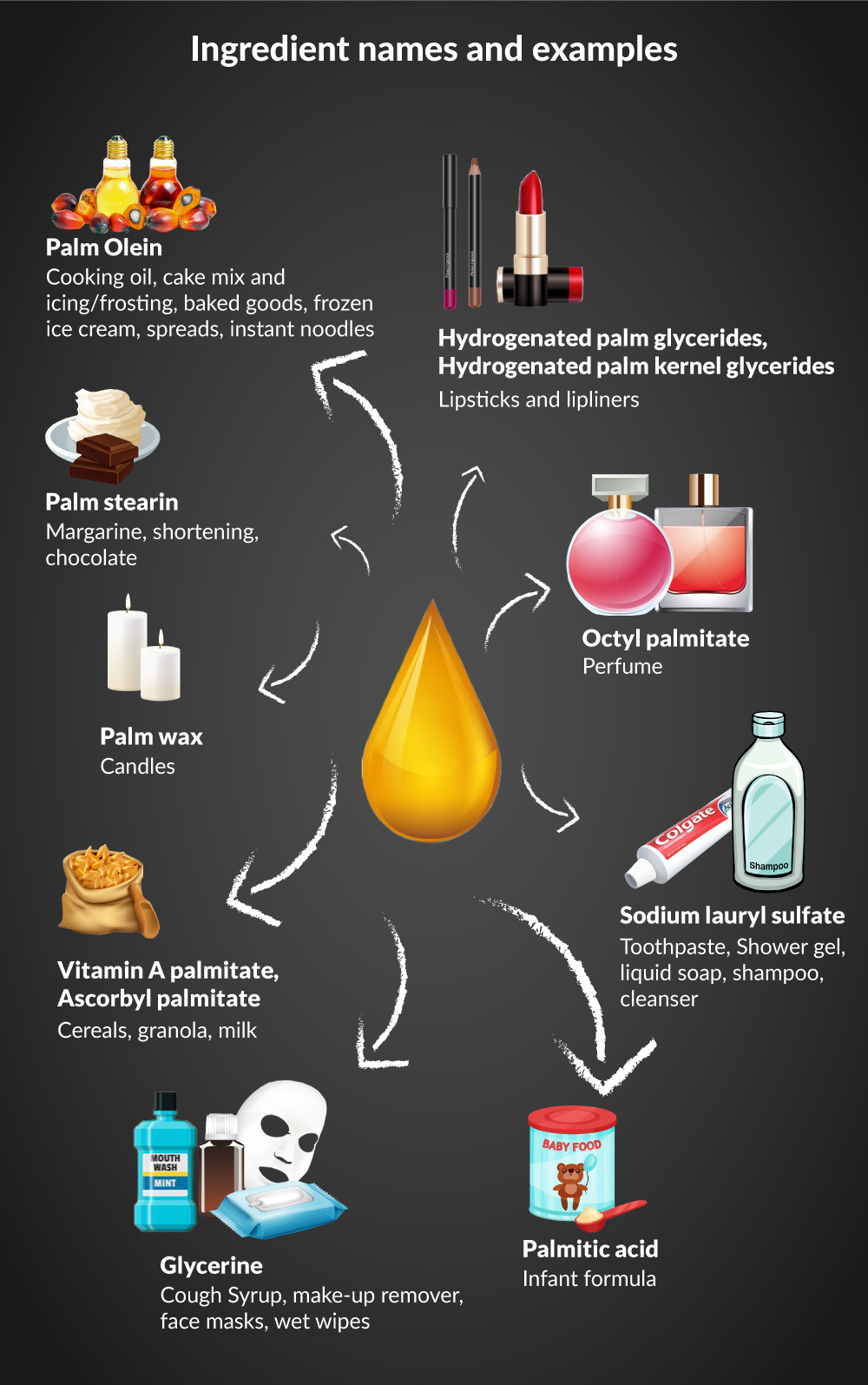Have you ever wondered why palm-based ingredients (as processed from palm oil and palm kernel oil) are so popular among food retailers, food companies, beverage companies, coffee shops, restaurants, fast food chains, household and beauty product manufacturers?
Well, palm oil (including its derivatives) is widely used in the manufacture of margarine and spreads, chocolate, bread, cereals, pet food, perfume, beauty products and cleaning products, among the many consumer products revolving around our daily lives, ubiquitously.
A research paper published by Science.gov Alliance explains that the ability of palm oil to crystallize as beta prime polymorph has made it an attractive option for the production of margarine fat. Palm stearin expresses similar crystallization behavior and is considered one of the best substitutes of hydrogenated oils due to its capability to impart the required level of plasticity and body to the finished product.
Now what about chocolate? To answer your curiosity, Lindt & Sprüngli, a Swiss chocolatier and confectionery company founded in 1845, supports 100% certified sustainable palm oil as used in some fillings of its Lindt chocolates. It explains that palm oil has outstanding melting characteristics, is neutral in taste and has a firm consistency at room temperature, which is suitable for the production of creamy fillings, hence promising the melt-in-the-mouth indulgence.
You brush your teeth with toothpaste every day and there you go! The common palm-derived ingredients may include sodium lauryl sulfate, glycerin, propylene glycol, sodium methyl cocoyl taurate, sodium lauroyl glutamate, and sodium stearate. Glycerin, a type of humectant, prevents loss of water and subsequent hardening of the product upon exposure to air while sodium lauryl sulfate cleans the tooth surface and provides a foaming lather.
Cetyl palmitate used in lipsticks, stearic acid in shaving gels, and palmityl alcohol in shampoos are the other palm-based examples in our everyday life. Glycerin, propylene glycol and glyceryl stearate are among the common palm ingredients found in fragrance products including perfume.
Unquestionably, consumers deserve to be reasonably well informed regarding their choices. However, the product labels they are looking at may either be lengthy, technical or unclear, from nutrition facts to ingredients.
The alternate names for palm oil and palm kernel oil’s ingredients include the generic vegetable oil, vegetable fat, palm kernel, palm kernel oil, palm fruit oil and palm olein; and the not commonly known palmate, palmitate, palmitic acid, palm stearine, palmitoyl oxostearamide, palmitoyl tetrapeptide-3, sodium palm kernelate, hydrated palm glycerides, etyl palmitate, octyl palmitate, palmityl alcohol; and the more challenging glyceryl, stearate, searic acid, elaeis euineensis, sodium laureth sulfate, sodium lauryl sulfate, sodium kernelate, sodium lauryl lactylate/ sulphate, laureth-7, steareth-2, cocamide MEA (fatty acid derived), cocamiede DEA (fatty acid derived), stearamidopropyl dimethylamine, cetyltrimethylammonium chloride, isopropylmyristate, caprylic/ capric trigylceride, fatty Isethionates (SCI), alkylpolyglycoside (APG), and laurylamine oxide.
The A-to-Z alternate names for palm oil ingredients are listed here.
And what are they used for? No worries, here is a helpful compilation to brighten up your day.


